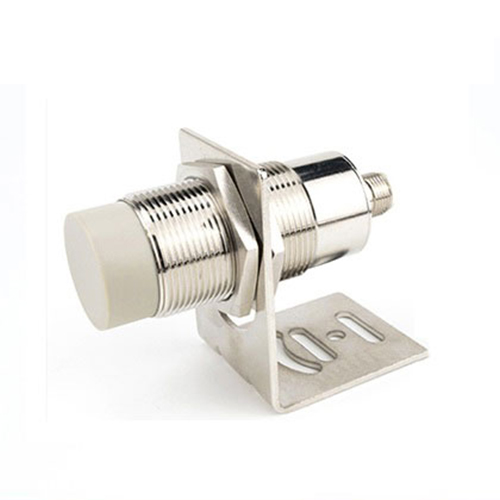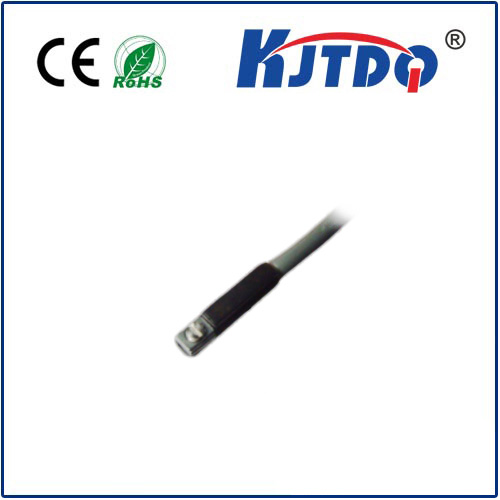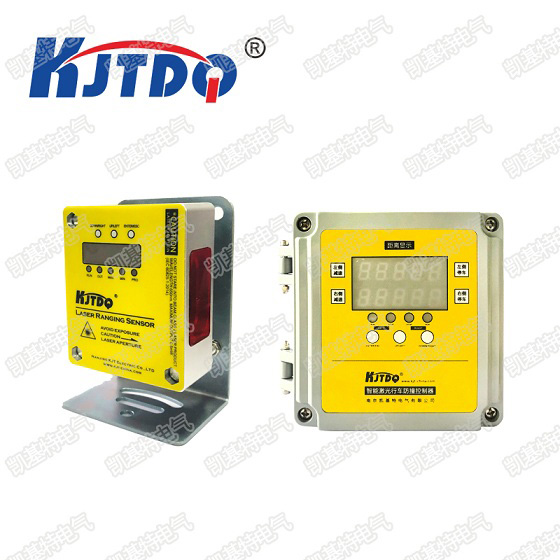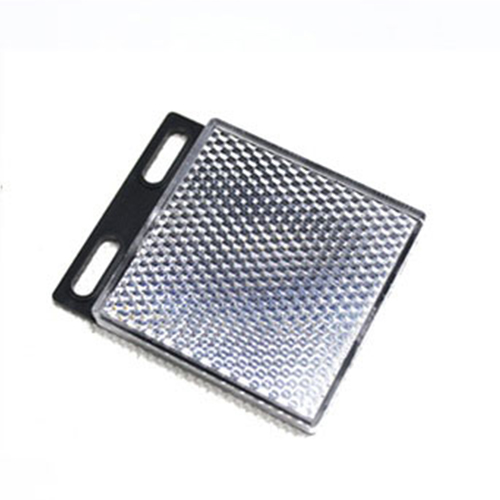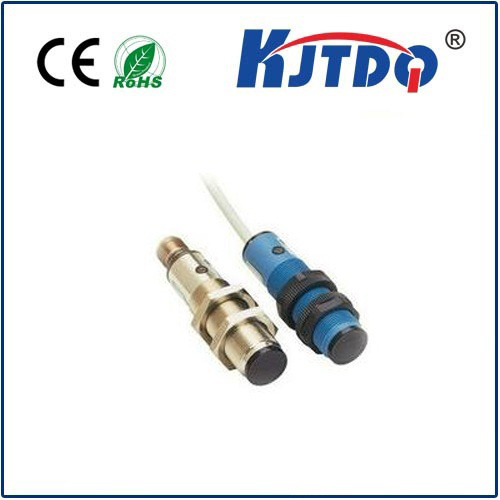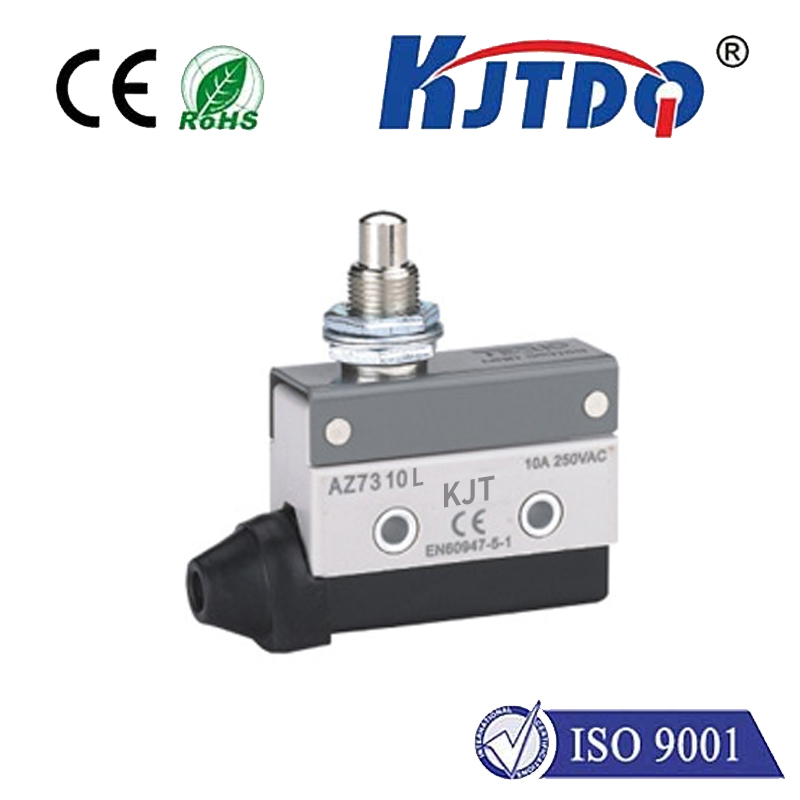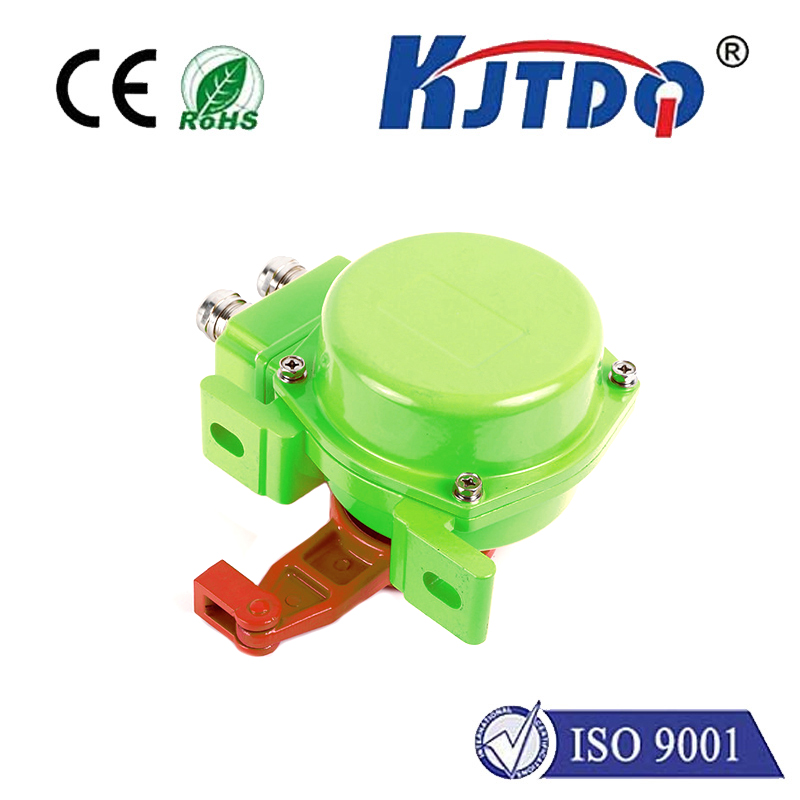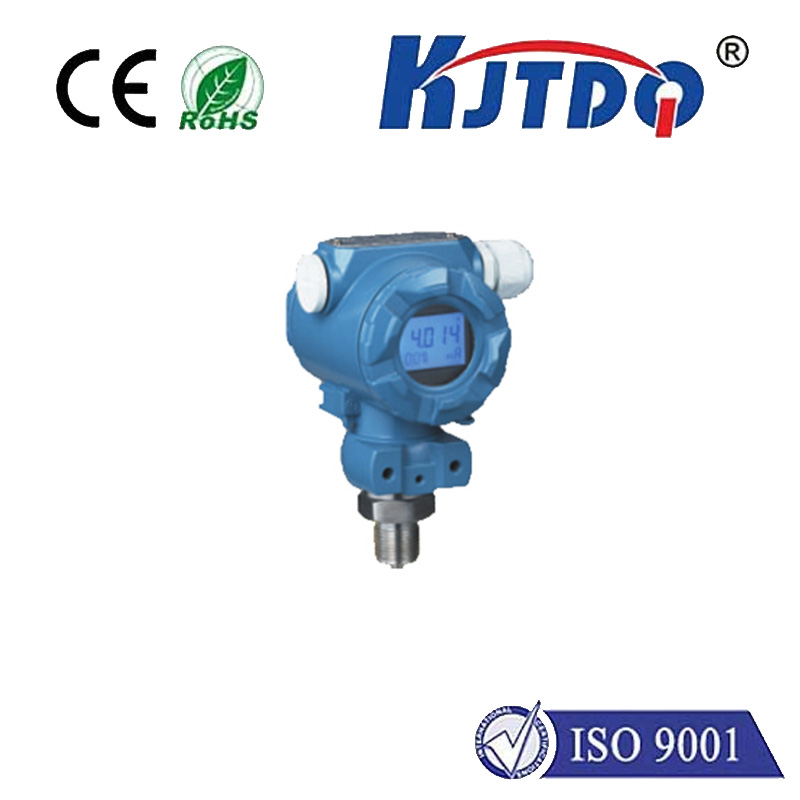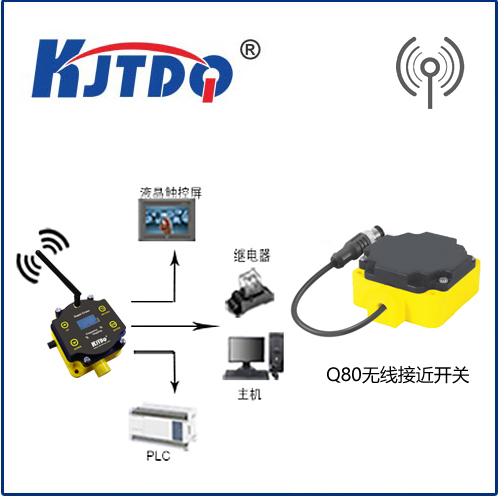inductive sensor m18
- time:2025-06-19 01:08:03
- Click:0
M18 Inductive Sensors: The Robust Workhorses for Precision Metal Detection
Imagine an automotive assembly line humming with robotic arms. Parts must be precisely positioned, cylinders verified extended, and metal components reliably counted – thousands of times per hour, day after day. A single misdetection can trigger costly downtime or quality issues. How does industry achieve such relentless, fail-safe metal sensing, especially in demanding conditions? The answer often lies with a ubiquitous, remarkably reliable champion: the M18 inductive sensor. These compact, cylindrical sentinels are fundamental building blocks of modern automation, providing non-contact detection critical for efficiency and safety.
Understanding the Core: What is an Inductive Sensor?
At its heart, an inductive sensor is a non-contact electronic device. It generates an oscillating electromagnetic field from its sensing face. When a metallic target (typically ferrous metals like steel or iron, though specific types detect non-ferrous metals like aluminum, brass, or copper) enters this field, it induces Eddy currents within the target. These eddy currents absorb energy from the sensor’s field, causing a measurable change – usually a drop in oscillation amplitude or a shift in frequency. The sensor’s integrated electronics detect this change and trigger an output signal switch (ON/OFF). This principle makes them immune to dust, oil, vibration, and moisture that would plague mechanical limit switches, offering vastly superior reliability and longevity.
Why “M18”? Decoding the Form Factor

The “M18” designation is crucial. It refers to the sensor’s standardized cylindrical housing diameter – specifically, 18 millimeters. This size strikes an optimal balance:
- Compact Size: Allows for installation in tight spaces where larger sensors wouldn’t fit.
- Robustness: Provides sufficient material for sturdy construction, crucial for surviving impacts and vibration common in industrial settings.
- Mounting Versatility: The M18 thread enables simple, secure, and adjustable mounting using readily available M18 locknuts. Flush or non-flush mounting variants cater to different sensing distance requirements and mounting constraints. Many models also feature standardized mounting holes on the back or side for additional bracket options.
The M18 size has become so dominant in industrial automation that it represents the most widely used form factor for inductive sensors globally. Its ubiquity ensures easy availability, a vast range of variants from different manufacturers, and straightforward replacement.
Key Advantages of M18 Inductive Sensors
The popularity of M18 inductive sensors stems from a compelling array of benefits:
- Non-Contact Operation: Eliminates physical wear and tear, resulting in virtually infinite mechanical lifespan. No moving parts to break or jam.
- High Reliability & Repeatability: Consistently detects targets with high precision, unaffected by surface conditions (dirt, oil, paint within limits) thanks to their sealed construction.
- High Switching Speed: Capable of detecting very fast-moving targets, making them ideal for high-speed production lines and counting applications. They operate in the kHz range, far exceeding mechanical switches.
- Robust Construction: Typically housed in stainless steel (sensing face and often the barrel) or rugged PBT/PPS plastic, with high-quality seals granting exceptional ingress protection ratings (IP67, IP68, IP69K). This makes them resistant to washdowns, coolants, oils, and harsh industrial environments.
- Variety of Outputs: Available with PNP (sourcing) or NPN (sinking) transistor outputs, as well as analog current/voltage outputs (4-20mA, 0-10V) and even IO-Link communication for smart sensor capabilities. Normally Open (NO) or Normally Closed (NC) configurations provide design flexibility.
- Standardized Form Factor: As discussed, the M18 size simplifies selection, mounting, and replacement across different machines and applications.
- Cost-Effectiveness: Offering an outstanding combination of performance, durability, and features, they deliver excellent value for money.
Crucial Specifications: What Matters When Selecting?
Choosing the right M18 inductive sensor requires understanding key specifications:
- Sensing Distance (Sn): The nominal distance at which the device reliably detects a standard target (usually mild steel). M18 sensors typically offer ranges from 2mm up to 8mm for ferrous metals, often less for non-ferrous. Hysteresis (the difference between switch-on and switch-off points) ensures stable switching amidst vibration.
- Target Material: Standard sensors excel with ferrous metals. If detecting aluminum, brass, or copper is required, specify a Factor 1 sensor designed for non-ferrous metals (note: sensing distance will be reduced).
- Flush vs. Non-Flush Mounting:
- Flush Mountable: Can be installed embedded in metal without affecting sensing range. Ideal for tight spaces but generally have a shorter sensing distance.
- Non-Flush Mountable: Require space around the sensing face for their larger magnetic field, offering longer sensing distances. Cannot be flush mounted in metal.
- Output Type & Wiring: Choose between PNP (outputs +V when active) or NPN (outputs 0V when active), and 2-wire, 3-wire, or 4-wire configurations (3-wire being most common for DC). Ensure compatibility with your controller’s input module.
- Electrical Ratings: Operating voltage (DC 10-30V is standard), current consumption, and load current capacity.
- Environmental Ratings: IP67 (dust-tight & withstands temporary immersion) is standard. IP68/IP69K ratings are essential for harsh washdown applications (food & beverage, pharmaceuticals).
- Connection Type: Pre-wired cables (PVC or PUR jackets) or quick-disconnect connectors (like M8, M12).
- Special Features: Shielded (less susceptible to adjacent metal), unshielded (longer range but affected by adjacent metal), high-temperature variants, analog output models, IO-Link communication for Industry 4.0 integration.
Where Are M18 Inductive Sensors Indispensable?
The applications are virtually endless across every sector of manufacturing and processing:
- Position Sensing: Verifying cylinder piston position (end-of-stroke), presence of parts on conveyors, checking open/closed status of clamps or doors.
- Object Detection & Counting: Detecting metal parts passing a point on a line.
- Speed Monitoring: Monitoring rotational speed of gears or shafts.
- End Stops: Providing positional limits for moving components.
- Fill Level Control: Detecting metal parts in bins or hoppers.
- Machine Safety: Used as part of interlock systems (confirming guards are closed).
- Robotics: Detecting tool changes or part presence near the end effector.
From ensuring a robotic arm grips a component correctly to guaranteeing a safety gate is latched before a press cycles, the humble M18 inductive sensor performs millions of critical checks daily. Its standardized size, robust build, non-contact principle, and proven reliability make it an irreplaceable component in the backbone of modern industrial automation. When you need to know “metal is here” or “metal is gone” with unwavering certainty, even in tough conditions, the M18 inductive proximity switch is frequently the optimal, cost-effective solution.












